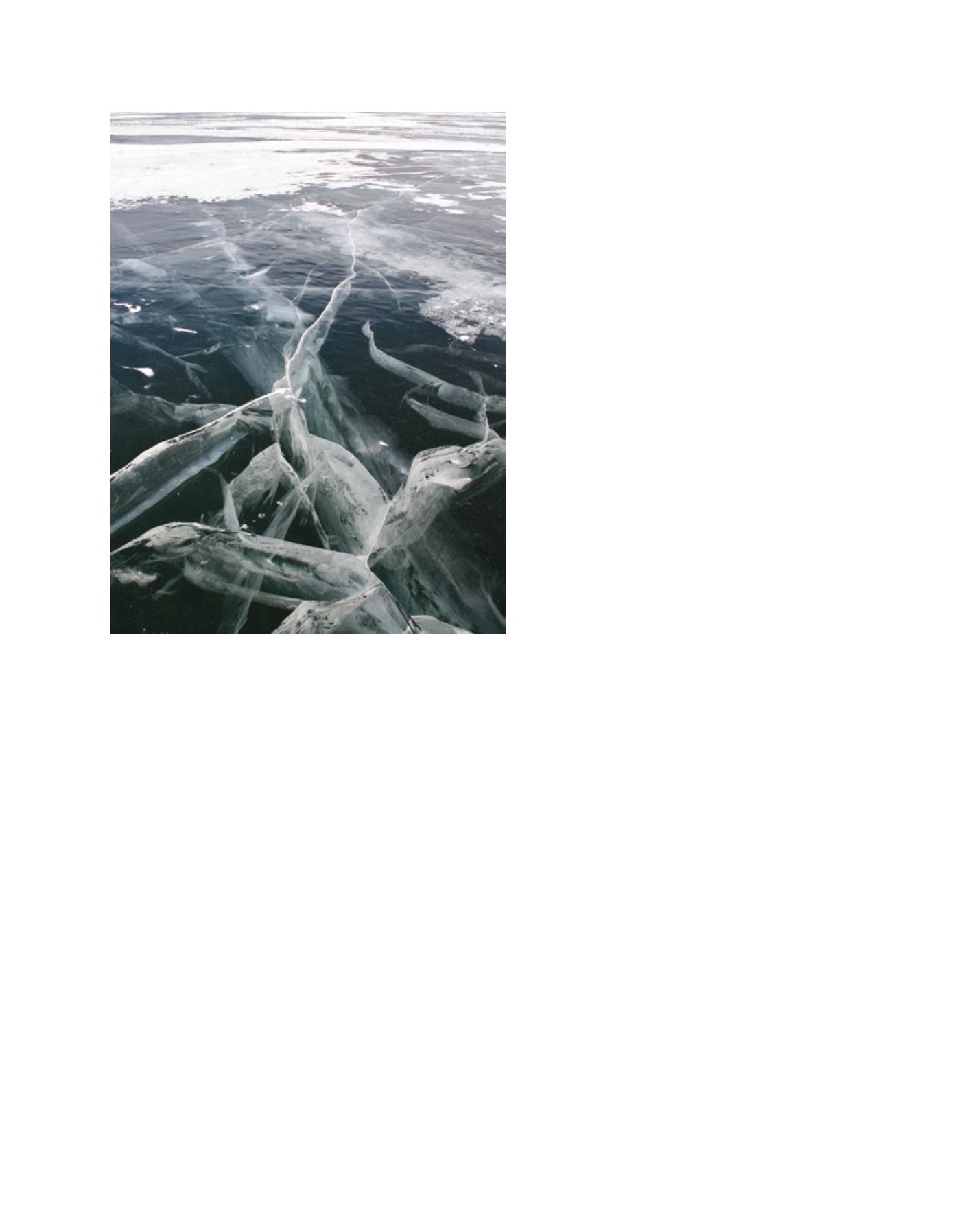

[
] 84
T
ransboundary
W
ater
M
anagement
are of key importance for environment sustainability and
human well-being.
The ecosystem approaches to management contain
the following key components:
• combining ecological, social and economic goals
• recognizing human beings as part of the ecosystem
• including a scientifically justified understanding of
how ecosystems react to natural ecological processes
and anthropogenic interferences.
UNESCO international chairs undertake similar
projects, among them the Irkutsk State University Chair
on water resources, co-managed with Savoie University.
The university has a wide spectrum of science partners
in Buryatia as well as neighbouring Mongolia, and
continues to involve miscellaneous interest groups in
joint processes to define issues and search for solu-
tions within a University Twinning and Networking
Programme network. Comparison with alpine lakes like
the Leman Lake, another Swiss-French transnational
lake along the Rhône valley, has also been undertaken.
There are many additional examples of transnational
lakes along the alpine chain, such as Lake Major in Italy,
Lake Balaton in Hungary and the Bodensee in Germany,
while Austria and Switzerland also have drainage basins
covering more than one country.
Joint research projects performed during comprehensive
expeditions of the Irkutsk and Mongolian State universi-
ties to Lake Khövsgöl and the Selenga basin (1959-1960
and 1969-1992) and joint Russian-Mongolian compre-
hensive biological expeditions of RAS and ASM (1970 to
present day) are prime examples of joint study and pres-
ervation solutions in Lake Baikal and its largest tributary,
the Selenga river. As a result of conducted studies, criteria
and middle-scale cartography methods were developed for
ecological-biological and ecological-economic assessments
of ecosystem and natural resource conditions. Throughout
the expedition time, more than 20 monographs and 1,000
articles have been published, and about 50 doctoral and
100 PhD dissertations have been defended.
The latest steps in this direction include the formation
of the Russian-Mongolian interdisciplinary expedition
of the Siberian branch of RAS and ASM (2012) and an
international project, ‘Transboundary Diagnostic Analysis
of Baikal Lake Basin’ (2012-2014). This project is a joint
effort by Russian and Mongolian scientists with support
from international organizations such as the United
Nations Office for Project Services. The UNESCO water
resource chair at Irkutsk State University took an active
part in the project, carrying out studies on ‘Issues Related
to Habitat and Health of Benthos in the Selenga River
Delta’. The studies revealed new data on quantitative and
qualitative indicators of zoo benthos of the Selenga river
delta in the summer and autumn seasons. The first soil
atlas was drawn; initial information about composition,
quantitative characteristics and detritus and solid waste
shore accumulationmechanics was obtained; the nutrition
habits of primary delta benthos fish were studied in detail;
and their impact on zoo benthos organisms was assessed.
Water Resources’, at which a final protocol on bilateral collab-
oration was signed. In 2012, a special ministry of international
collaboration on the problems of water resources was created in
Mongolia and three important laws were enacted regarding the
use of water from these resources. Altogether, there are 56 laws
in Mongolia dealing with the protection of the environment and
management of water resources.
One of the ways to preserve Lake Baikal is to restore traditional
forms of management run by local people. Under market conditions,
these forms will definitely ensure employment and improve people’s
standards of living. The forms are suitable to the highest degree
for preserving ecosystems in and around Lake Baikal as a world
natural heritage site. They will facilitate the region’s sustainable
development; its support of biodiversity; its production of ecologi-
cally clean, high quality agricultural products; its implementation of
autonomous low-energy technologies and small-sized technological
means; and its tourism development. The consent of both Russia
and Mongolia is in place to execute a comprehensive and unified
programme in this direction, and this is key to the continuation of
research and nature conservation activities.
The rational management of natural resources such as water must
be directed to ensure that the consumption and use of this resource do
not exceed the environment’s assimilating capacity. Natural resource
management should be based on the idea that water systems do not
have an economic value only, but also fulfil ecosystem functions that
Natural resource management should acknowledge that water systems fulfil
ecosystem functions key to environment sustainability and human well-being
Image: Evgeni Kozyrev


















